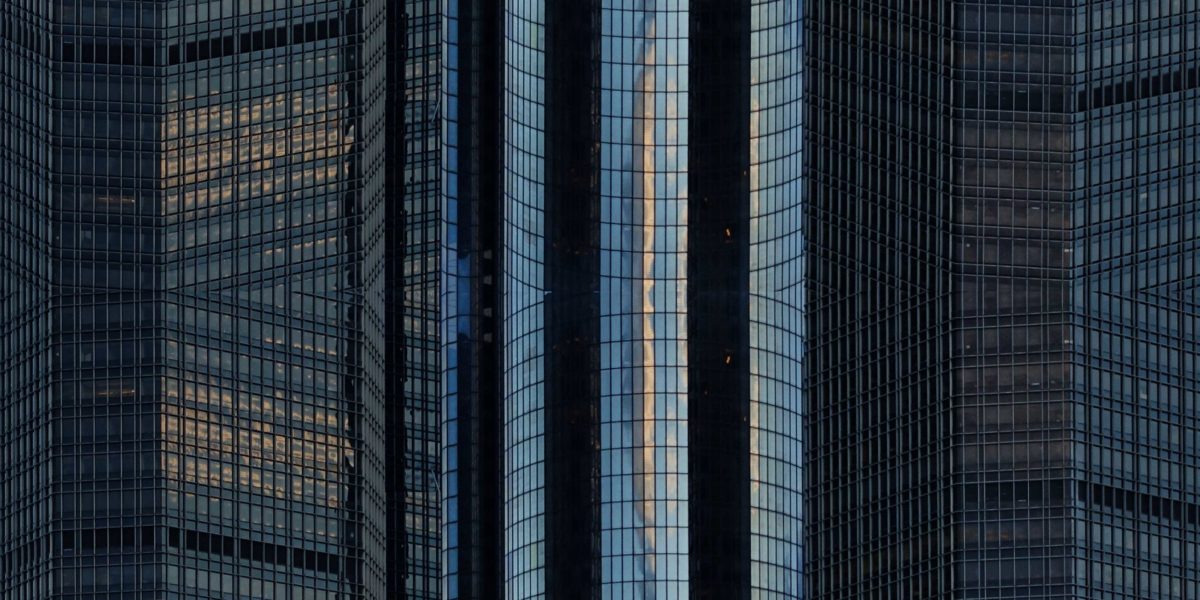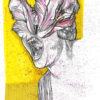We are happy to announce new works by Christine Istad in our gallery shop! Istad works with photography, video and installation, and is particularly known for her close up´s of towering architecture and densely packed urbanity,
We are all familiar with the term nostalgia. But perhaps less with the newer term “solastalgia”. A word “invented” by Australian philosopher Glenn Albrecht to describe ecological sorrow. A melancholia felt strongly by many of us; a “homesickness” for lost landscapes and species, in an area where human civilization characterizes the environment to the extent that clear geological traces are deposited on earth.
Through photographic studies, Christine Istad highlights details in modern architecture, in photographs referring to the real time and place in which they were taken. The motifs appear abstract and dissolved, although many of her most recent works are more organic in form than her previous.
None the less, through her detailed focus on optical effects, reflections of light and rhythms, Istad creates images of new forms of landscapes; artificial spaces. Identity, relationship between people, society and modern, high-speed cities are topics that concern the artist.
Her close-up studies of towering architecture and densely packed urbanity reveal both her interest in a loss of nature and mankind’s capacity to adapt to alienation and find small ‘pockets’ for physical and psychological space.
The result is reminiscent of a principle of cultural anthropology, where the main question is what happens to inherited traditions and fundamental values when technology and efficiency become the defining powers in our lives?
How is the balance between man and nature, and nature within man, maintained when the individual is increasingly defined as a “mechanical figure”?
Istad’s works focus on contrasts found in our most modern and innovative metropolises, where tradition and technology are thrown into sharp relief. Her photo series are stunningly beautiful and plays with the viewers perception.
What do we see? Is it the in- or outside of a building?
Is it the building itself or reflections of buildings in its proximity?
Istad offers no answers. Instead she asks: How do we keep our identity and humanity in a world perceived as façades and reflections?




